You’ll stare so hard you’ll think you’re looking into the future.
That’d be a useful skill for 2CV driving actually, being able to know exactly when you could push the throttle pedal all the way to the floor thus losing minimal momentum for whatever comes next.

Instead though, without the ability to know exactly what’s coming next, you have to stare. Intently, enough that even if you can’t see into the future, you’re at least prepared for it.
Reading the road is important in my Mazda RX-7 or Peugeot 106 Rallye, mostly because it stops things becoming a surprise at speed. It’s vital in my daily-driven Smart, with its 54bhp diesel engine, because lost momentum is anathema to fuel economy.
But in a 1963 Citroën 2CV, like that owned by Oliver Pickard, reading the road is fundamental to forward motion. Fail to anticipate – to get on the gas, to know exactly when not to brake, and to change gear at the perfect time, and you might as well not have left the house that morning for all the progress you’ll make.
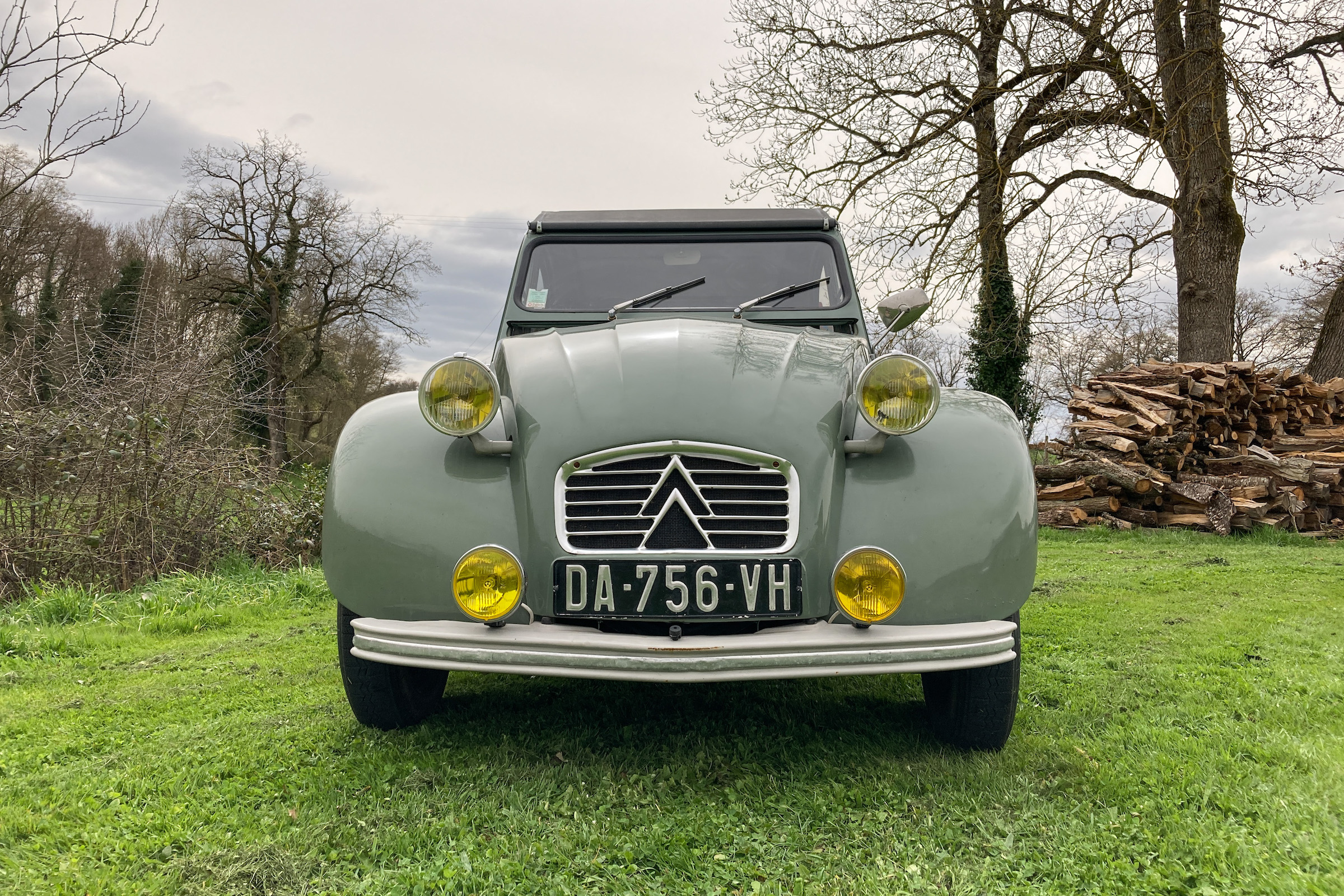
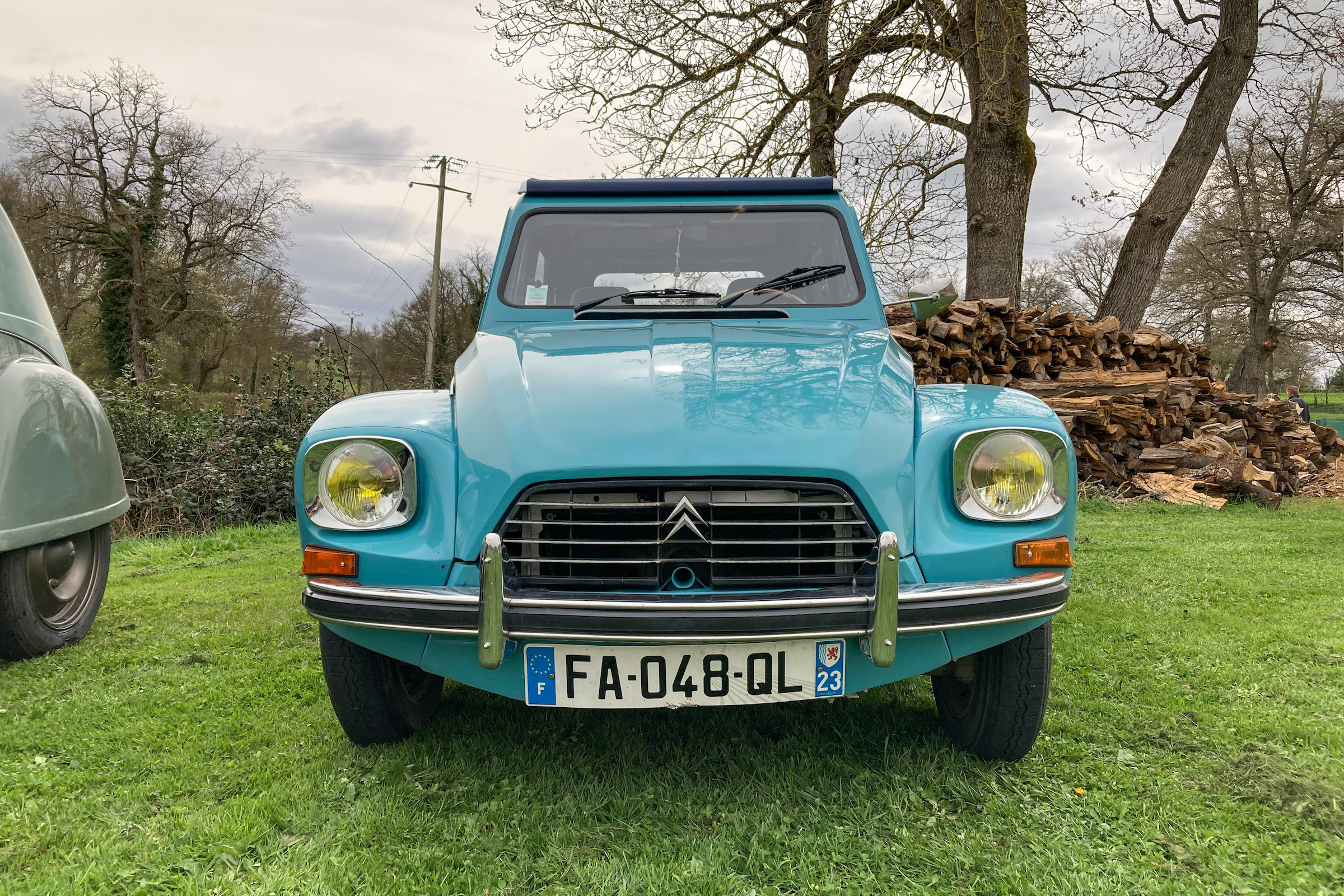
I left the house at 4am, though not specifically to drive a 2CV. I’m in France on holiday, and with no set plan, decided to swing by Oliver’s place.
When I say ‘swing by’, I’m actually aiming for the Alps and Ollie’s hundreds of miles west in the Limousin region, but he’s a friend (of that curious social media sort you can go years before actually meeting), I’m selling him a couple of seats for his project car, he’s having a go in my 106 Rallye for his YouTube channel, and in return, he’s offered me a razz in his 2CV. Sometimes detours are worth it.
What I didn’t expect was that while I’m there, Oliver’s father throws me the keys to his Citroën Dyane too. I’ve never driven a flat-twin Citroën, let alone enough of them for a twin-cylinder twin-test. Like I said, some detours are worth it.
The 2CV is what’s known as an AZA, a model built for only two years mixing parts from different generations of 2CV. It lacks the C-pillar windows that came in later. It has no conventional dampers, nor CV joints. It has earlier rear-hinged front doors too. Yet it has a later-style bonnet rather than the rippled job of the 1950s, and a more powerful – 18bhp! – engine.
In blue, we have a 1974 Dyane, essentially a more conventional take on the 2CV, and if you’ll excuse the slightly absurd description – it makes sense in context – a more luxurious car.
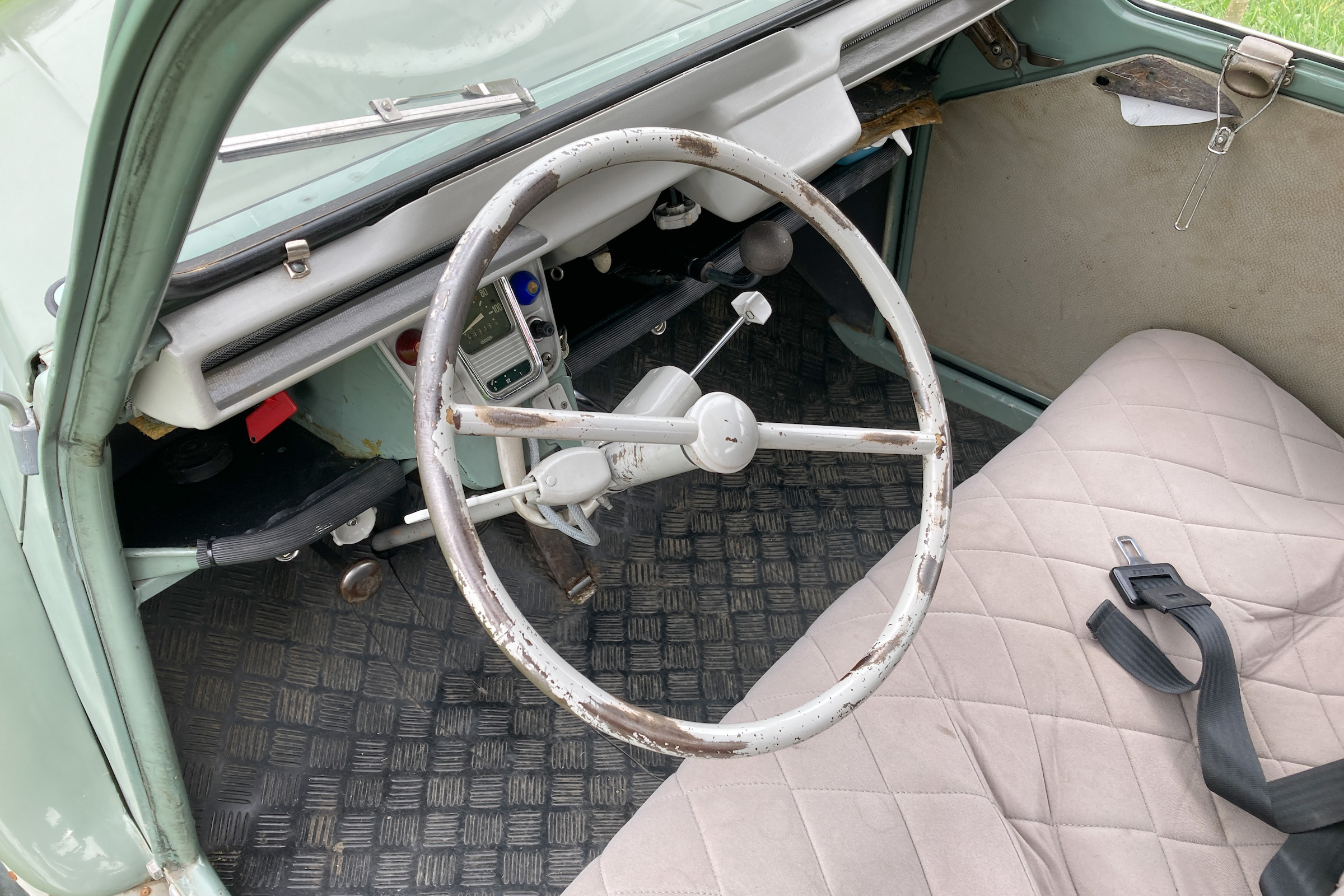
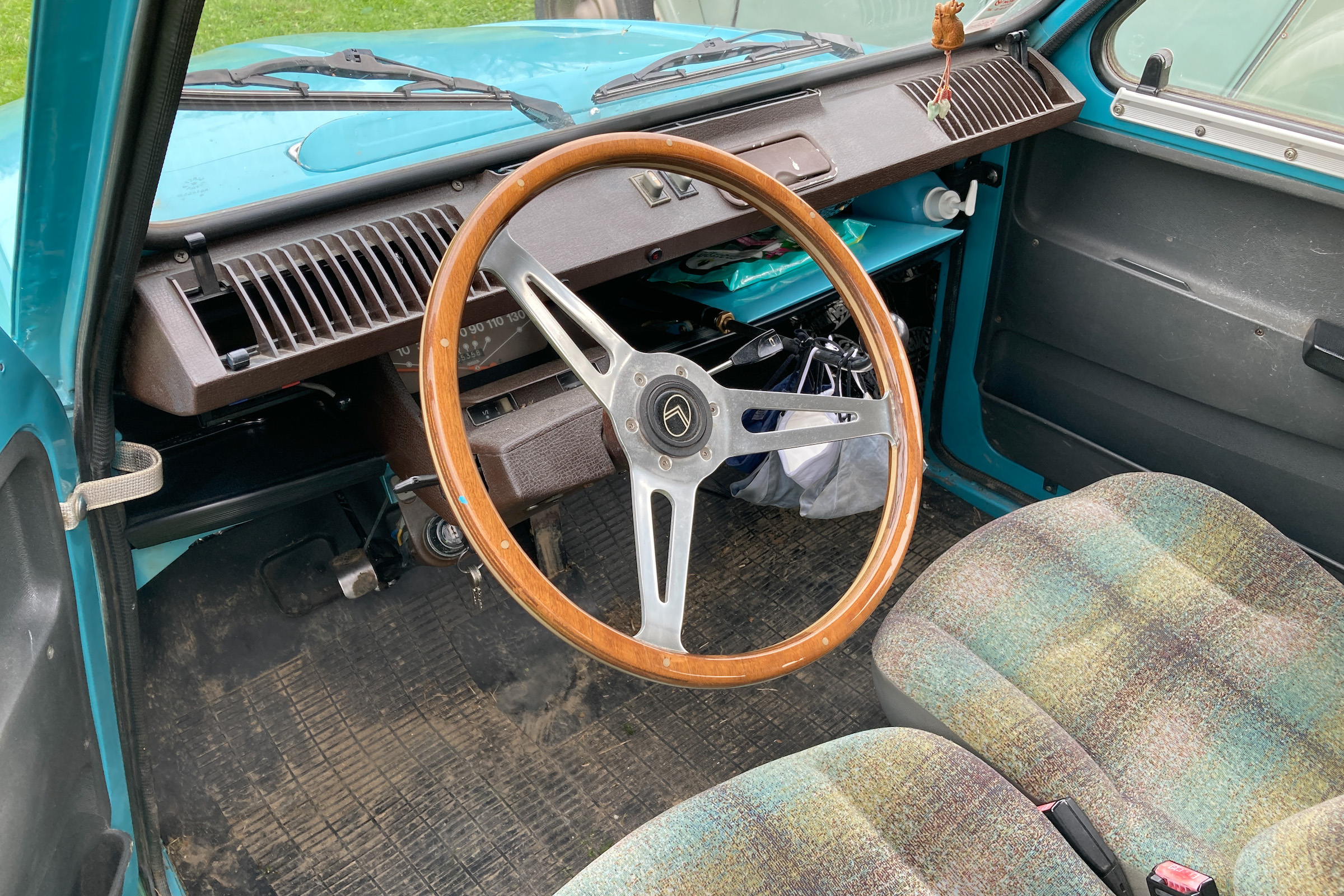
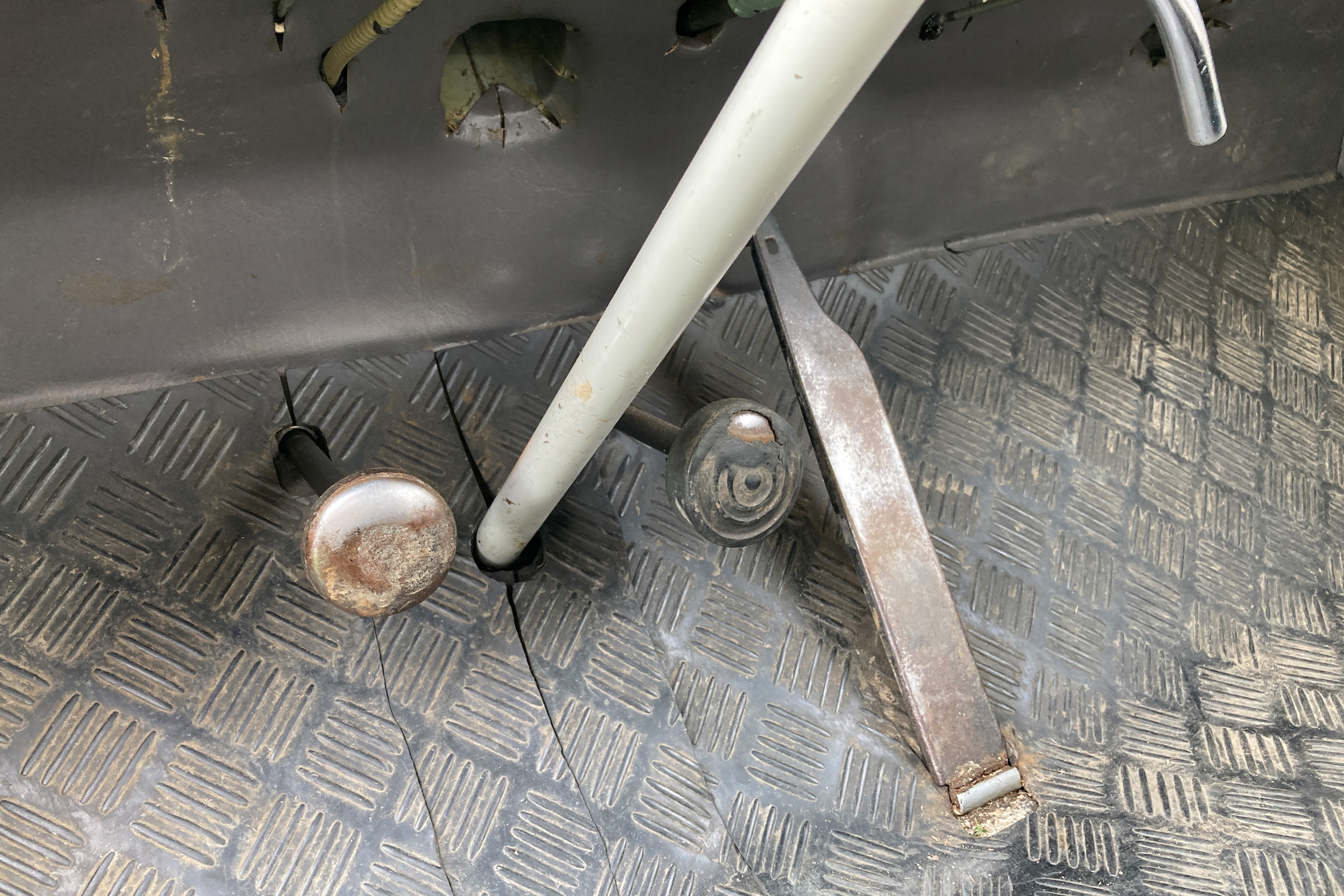
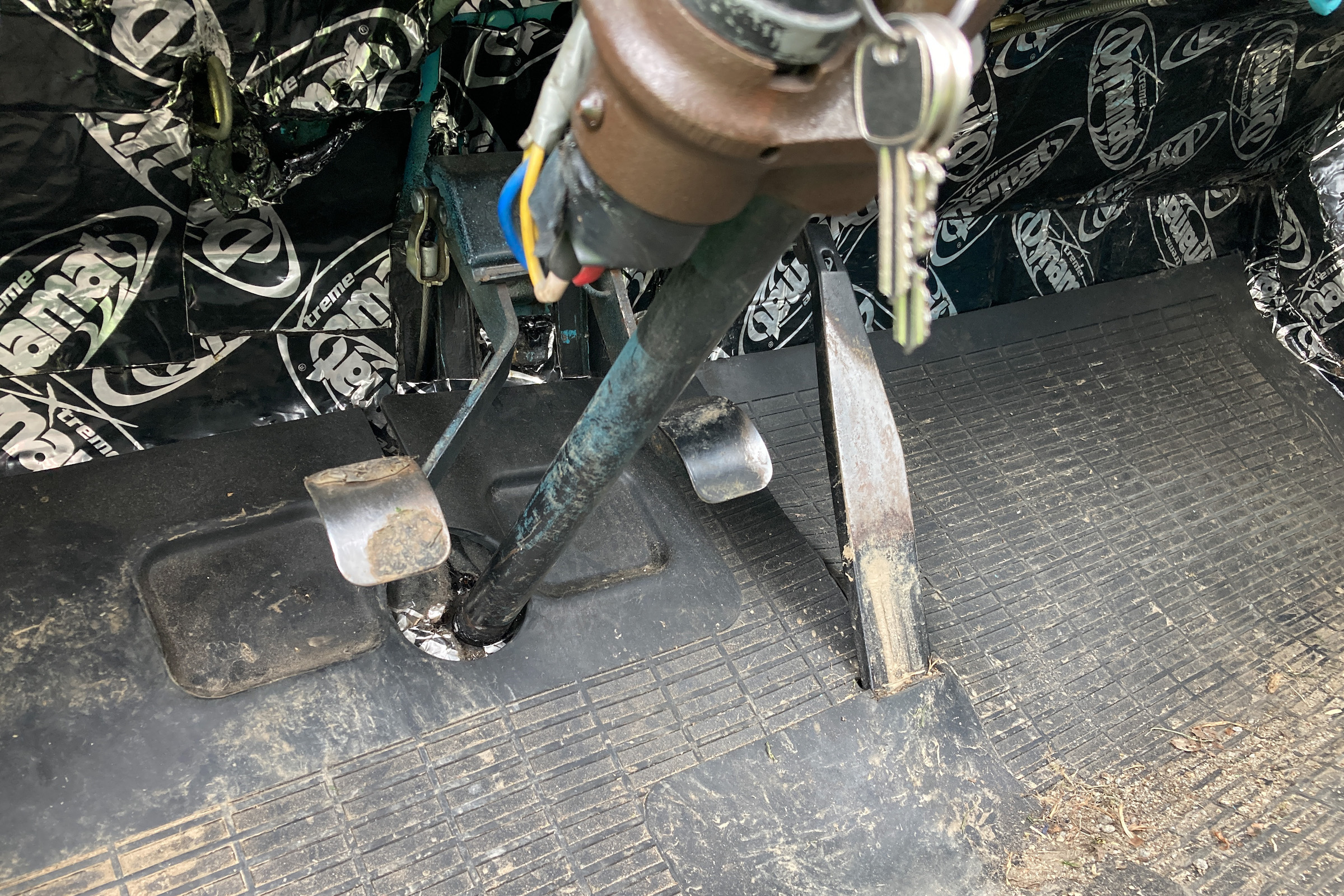
It has, for instance, such decadent features as dampers, a full 602cc of capacity with 30bhp at its disposal, and separate front seats, albeit replaced in this car by more modern pews from an early Twingo. The doors open the conventional way too, and inside there’s more of what you’d describe as a dashboard.
Ollie’s 2CV starts up with a pulsing thud, two cylinders happily flailing away as their gases exit from a short exhaust somewhere just ahead of the driver’s door. It’s Kubota-esque, and a curious noise to hear emanating from an actual, full-sized car.
The gearchange is one of those things that has gone down in motoring folklore for being weird and undecipherable, but as each and every 2CV owner will tell you, and I’ll soon experience behind the wheel, it’s the easiest thing in the world.
You can think of the rod’s path a bit like a clock face. Neutral is at 12 o’clock. First is towards you at about 10. Second (away from you) and third (towards you) are back on the 12 plane. Fourth is selected from third – rock the knob to about 2 o’clock, then push all the way forward. It’s like that in the Dyane too, and the action in both is as mechanical as reaching into the engine bay and doing it yourself.
The beauty of it is that first is so low you only ever need it to pull away from rest, and fourth, the cruising gear, feels almost like putting the lever in the glovebox (if it had one), since you push it so far out of the way. Second and third meanwhile are used all the time, and it’s a swift, straight shot from one to the other.
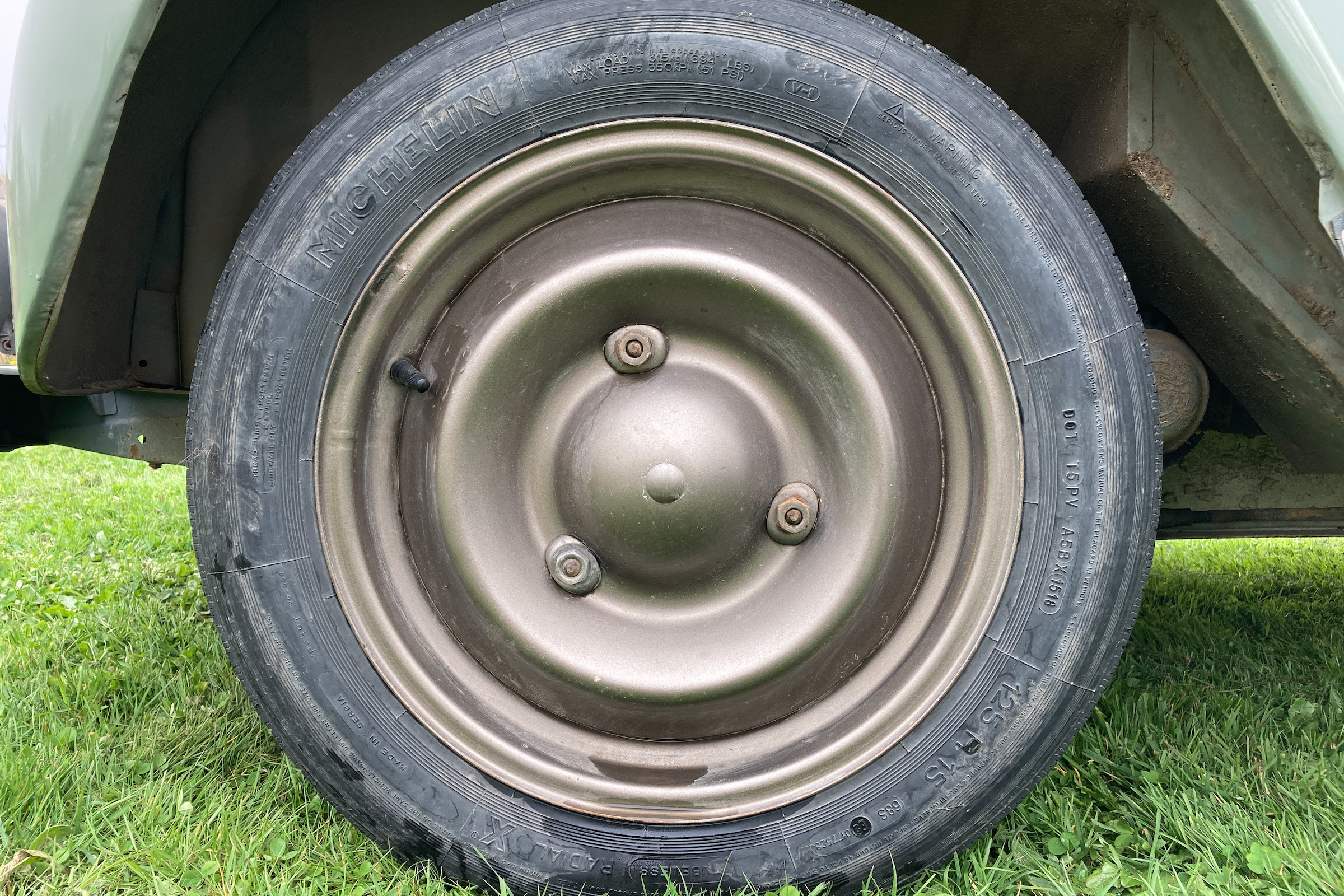
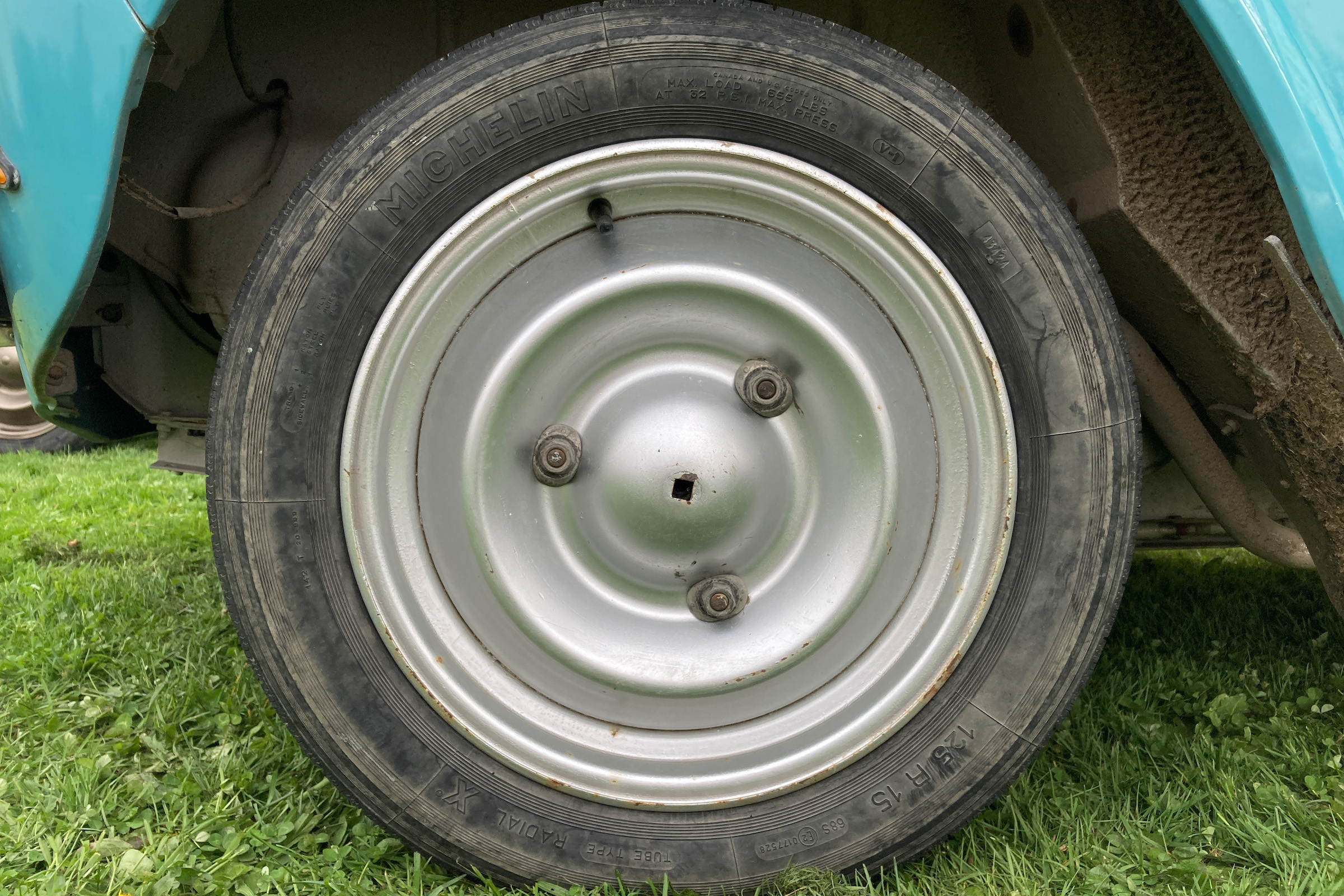
To see a 2CV listing along a winding road is hilarious but as the driver, you’re sitting relatively low, so it doesn’t feel quite as jaunty from the seat – a little like the Renault 4 we drove in the 2022 Hagerty Bull Market List. Ollie says you almost prepare the car for each corner beforehand and he’s right: turn before you want to turn so the car reacts when you arrive at the bend itself. If you’ve heard of a preselector gearbox, this is more like preselector steering.
He’s driving my Rallye pretty gently in front but it still takes everything the 2CV’s engine has to keep up. The gentlest of hills need full throttle, steeper ones need a run-up and a lower gear, selected at precisely the right moment for maximum power. If there’s a corner beforehand then it must be taken as swiftly as the 125-section Michelins will allow. With tenacious roadholding, that’s usually swifter than you’d think.
And it’s an absolute riot, the whole process enacted with a jackhammer soundtrack, wind gusts coming through the open vents, and the heady thrill of committing your 100 per cent undivided attention to the preservation of movement.
The Dyane could scarcely be more different for a car whose mechanical layout is fundamentally similar. If it sounded absurd to call it luxurious, then it’s even more ridiculous, but no less true, to posit that this is the sporty one of the pair. It’s so much quicker, more precise, less turbulent and more refined (as much the acres of Dynamat as it being a decade newer) that the step is almost as great between it and the 2CV as it is between the Dyane and my Peugeot.
With actual dampers to call upon every movement is checked early, so the Dyane reacts more immediately to inputs. Throttle response is not notably better than the 2CV’s, but the reaction you get is so much more profound it almost feels supercharged. Ollie’s driving the Rallye quicker now but even so I can keep up with half the effort required of the 2CV. I think, but can’t be sure, that we even touched 60mph once. In the 2CV, I’d be surprised if we broke 45mph.
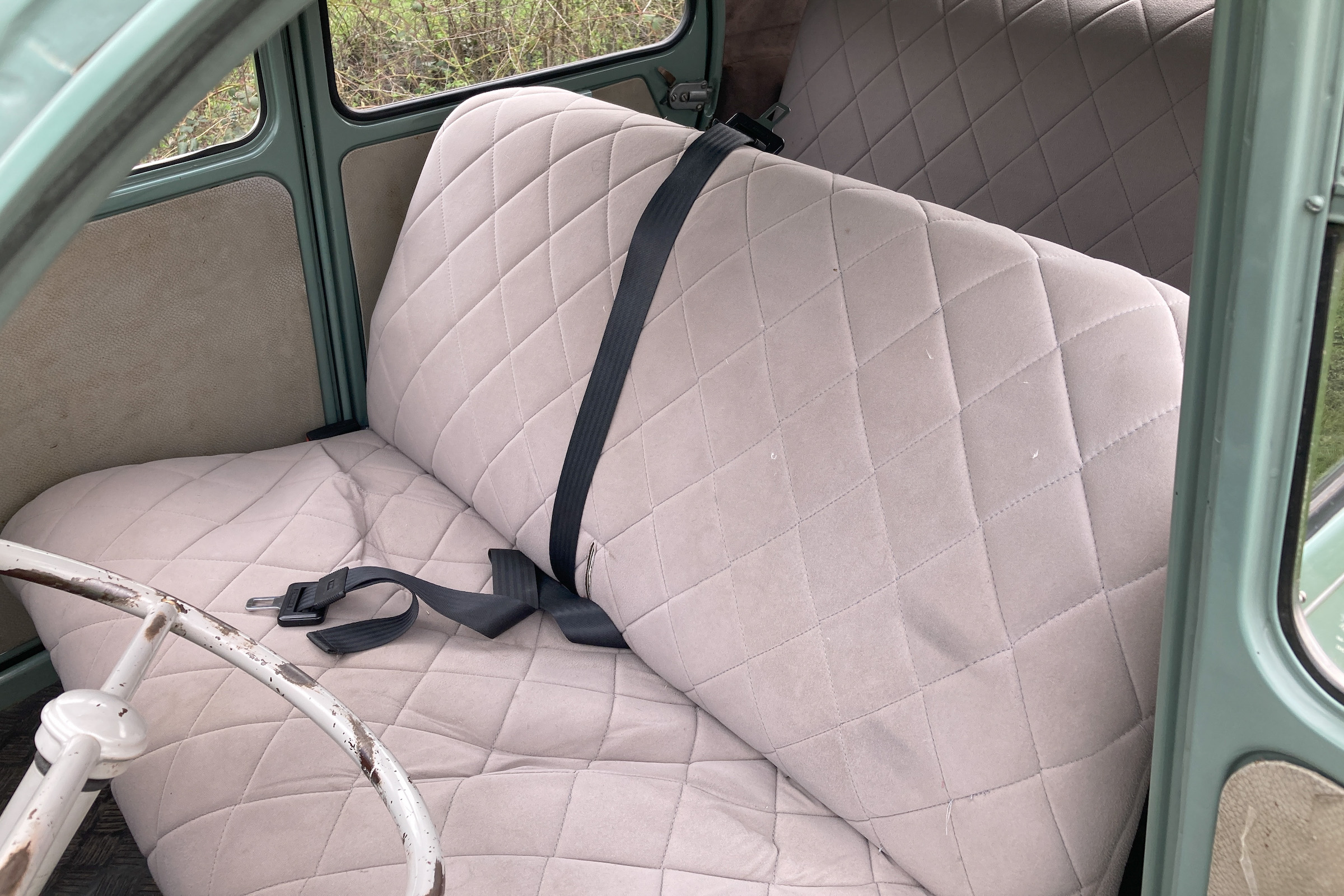
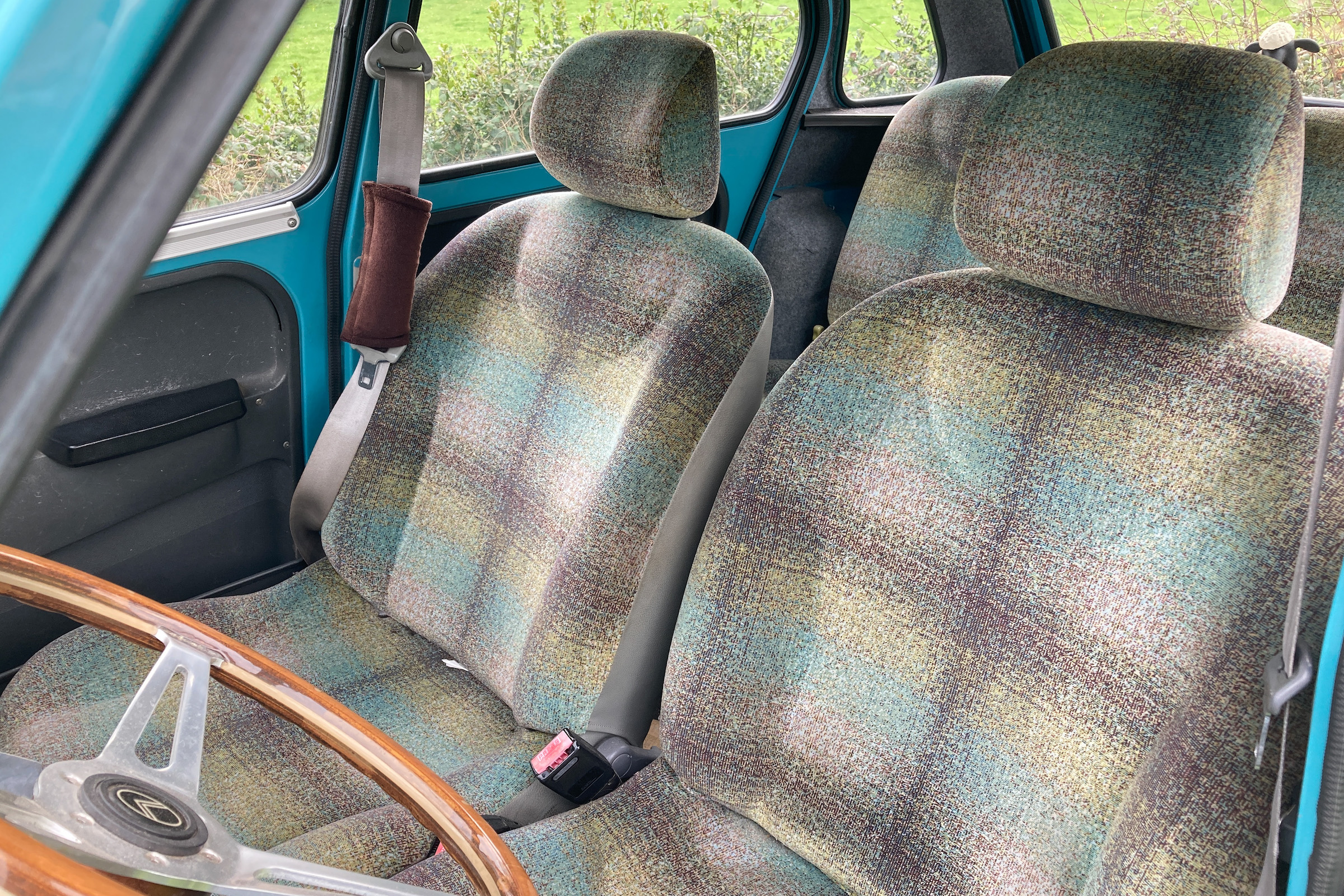
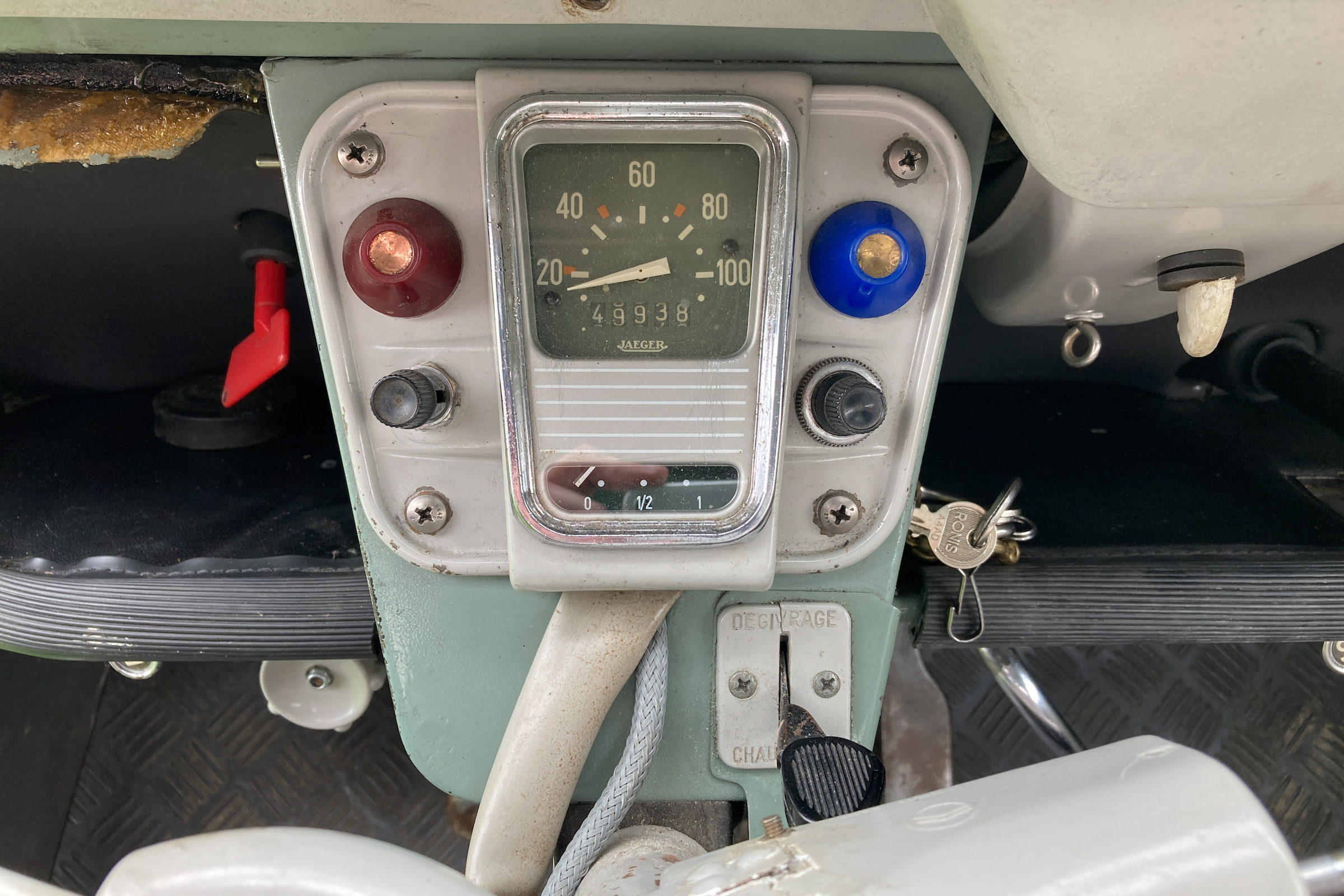
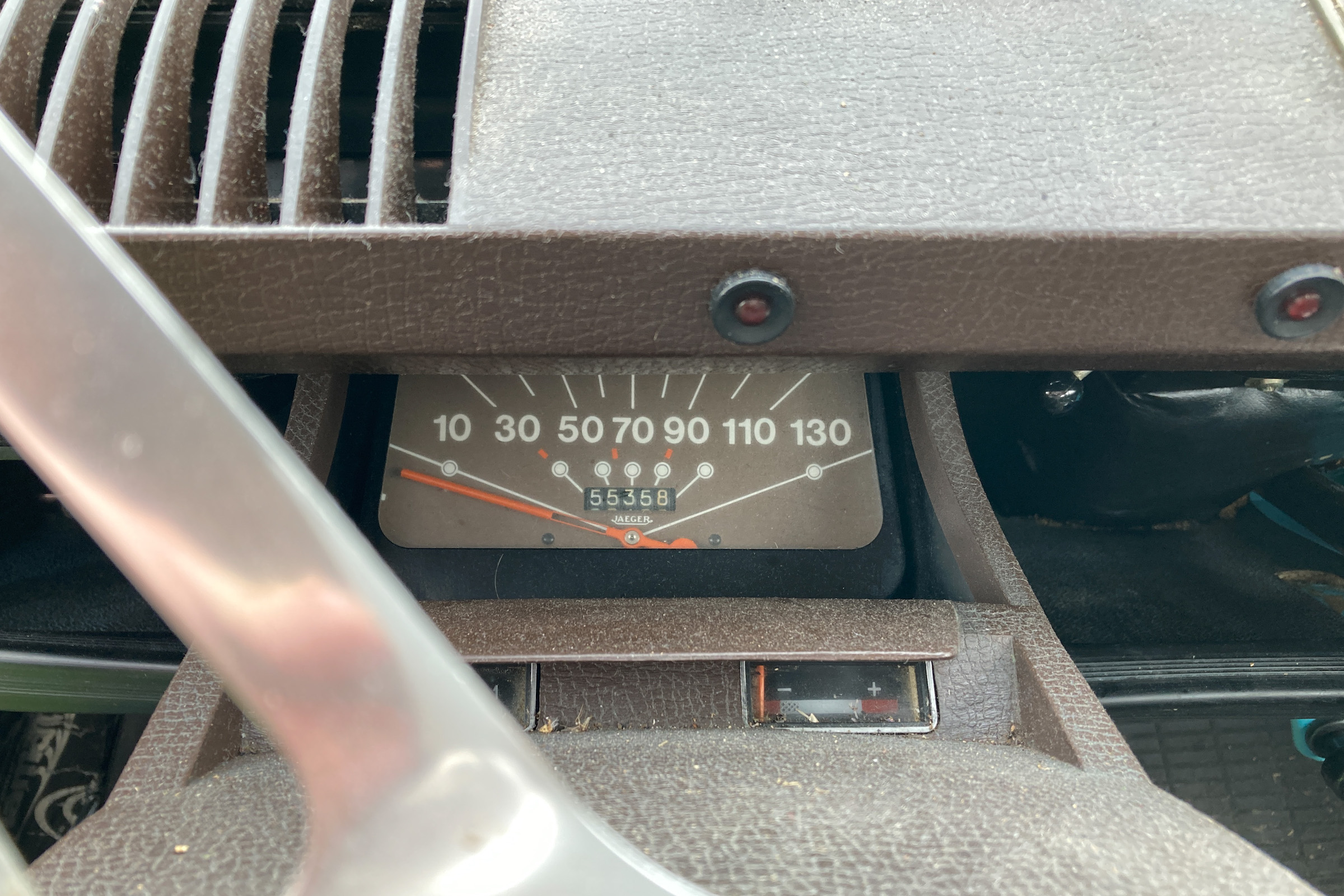
Ride comfort is another legendary quality of these cars, and I… basically don’t notice it. The 2CV sinks like a kneeling camel as soon as your arse hits the seat, but cornering angles aside still doesn’t feel all at sea on the road – its Land Rover-like travel just absorbs everything and keeps you mostly level whatever the road is doing beneath.
The Dyane is more stiffly suspended, in the same way marshmallows are stiffer than jelly. Even with the more modern Twingo seats there’s not a single jolt on Ollie’s tumultuous local roads that you might call uncomfortable – the change in road noise on a particularly craggy section is more noticeable than the change in wheel movement.
In this quiet little corner of France, I can see why the 2CV is the perfect car. Oliver’s experience behind the wheel takes up any slack that the performance can’t handle on its own, and with mostly local trips, nowhere takes too long to get to anyway. Engagement is more important, and short of a prewar car nothing else would keep you so on-the-ball between A and B.
The Dyane’s the car I’d recommend if you like the idea but do need more modern performance. Its experience isn’t as vivid as that of the 2CV, but its extra layer of ability would, in the UK at least where we’re not blessed with the blissful isolation of rural France, encourage me to use it more often.
I’d rather like one. With all that staring into the future, I probably should have seen it coming…
Read more
CCV: When Chrysler (almost) made a 2CV
What fuel crisis? 10 fuel-sipping classics to keep you moving
Freeze Frame: The Citroën 2CV hydroplane










you touched 60mph once in the Dyane? You need more practice driving it I’m afraid. I drove our very similar Dyane loaded with 2 adults and a load of camping gear over 350 miles this last weekend, the speeds we were doing on 70mph roads was 70mph and we could have gone faster. As you say preservation of momentum is important, as is a little bravery. Try one again, you wont be dissapointed
Hi Matt, when I say I touched 60mph, bear in mind that a) I wasn’t planning on going for a top-speed run in the pride and joy of someone I’d only just met, and b) we were driving on primarily single-track rural French backroads, not a motorway.
I’m sure the Dyane would do much more than 60, but unfamiliar roads with blind corners were not the place to explore that. The “60mph” comment was primarily to explain how much less effort it took to drive than the older 2CV, not to demonstrate the size of my undercarriage.